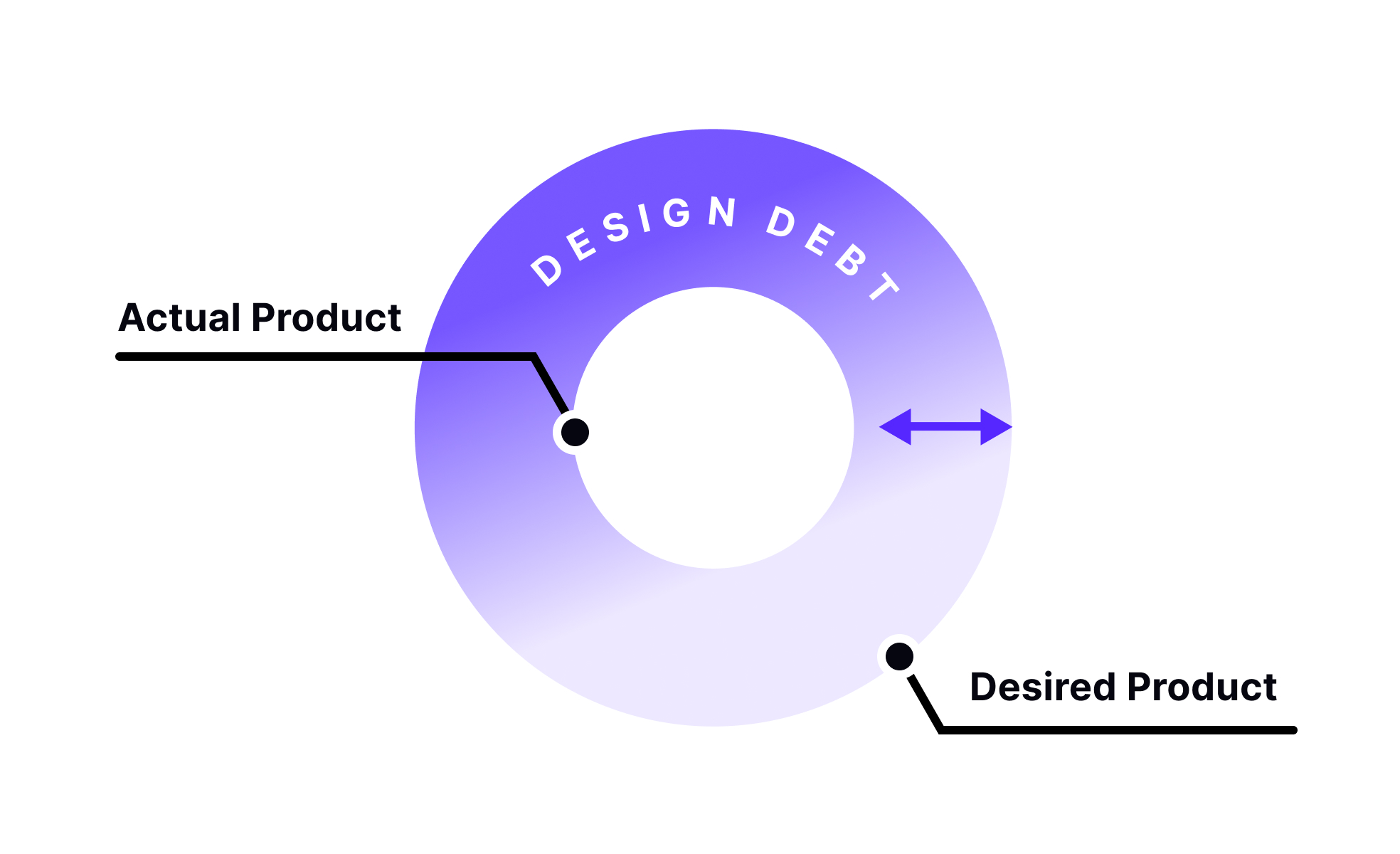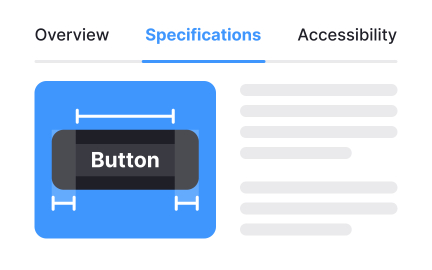Design Debt
Design debt refers to the accumulation of design compromises or inconsistencies that slow product growth, reduce usability, and require future rework.

Design debt is a concept borrowed from the idea of technical debt. It describes the backlog of small design decisions, shortcuts, or inconsistencies that build up over time in a product. These may include mismatched button styles, inconsistent typography, or outdated navigation patterns. While they may seem minor individually, together they degrade the overall experience.
One cause of design debt is rapid iteration. In the early stages of product development, speed often takes priority, leading teams to ship imperfect designs. Without a plan to address these imperfections, they accumulate into larger issues.
Design debt impacts both users and teams. Users may feel the product is confusing or inconsistent, while teams struggle with slower workflows as they navigate outdated systems. For example, if multiple button styles exist across screens, developers spend more time implementing new features, and users must re-learn interactions repeatedly.
Managing design debt requires recognition and prioritization. Just as engineers allocate time to reduce technical debt, design teams must audit, document, and schedule improvements. Establishing a design system is one of the most effective ways to prevent debt from compounding.
For product managers, design debt affects velocity and cost. New features take longer to ship if they require extra work to navigate inconsistent design patterns. By allocating resources to address design debt, managers protect long-term efficiency and product quality.
In the long run, tackling design debt is an investment in sustainability. A consistent, well-maintained product reduces cognitive load for users, improves brand perception, and helps teams deliver value faster.
Learn more about this in the Design Debt Handling Exercise, taken from the Agile Methodology Lesson, a part of the Cross-Functional Design and Product Teams Course.
Key Takeaways
- Design debt is accumulated inconsistencies in design.
- Caused by rapid iteration or shortcuts.
- Hurts both user experience and development efficiency.
- Audits and design systems help reduce debt.
- Affects long-term costs and velocity in product teams.
- Addressing it is an investment in quality and trust.
Technical debt refers to compromises in code, while design debt concerns inconsistencies in visual and interaction design. Both affect efficiency and require attention.
The two often overlap, since poor design choices may lead to complex implementation, and vice versa. Addressing them together strengthens overall product quality.
Signs include inconsistent typography, multiple button styles, outdated navigation, or duplicated design assets. Users may report confusion, and teams may note slowdowns.
Regular audits reveal these issues, allowing teams to quantify and address them systematically.
Establishing a design system with reusable components is one of the strongest defenses. It enforces consistency and reduces duplication.
Teams should also schedule time for design clean-up alongside feature work. This ensures debt reduction is not an afterthought but part of regular product maintenance.
Recommended resources
Courses

UX Design Foundations

UI Components I

Design Terminology
Lessons

Implementation of Changes in Service Design

Introduction to Design Audits










